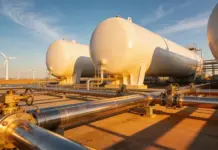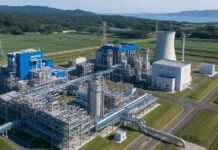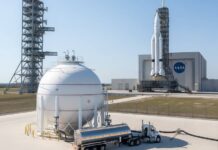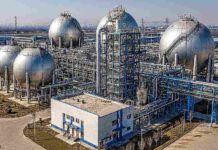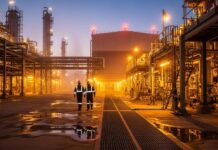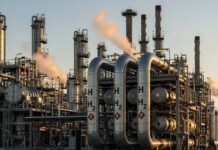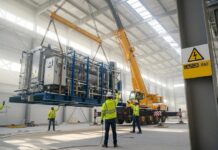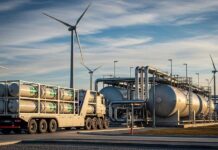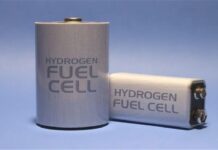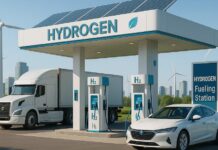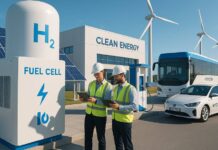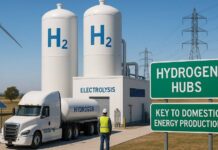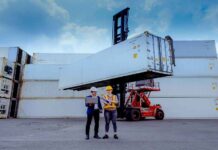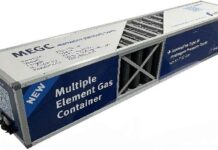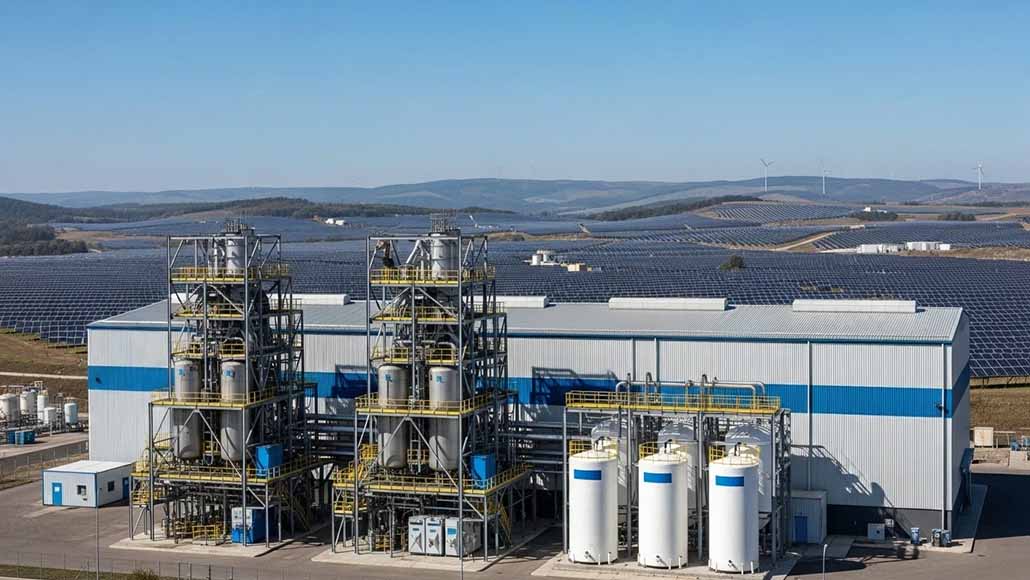As one of the most carbon-emitting industries globally, the iron and steel sector is a central focus in the worldwide push for decarbonisation. Responsible for approximately 7–9% of total global greenhouse gas emissions, the sector urgently needs to overhaul its production methods to align with net-zero goals and the 1.5°C temperature cap outlined in the Paris Agreement.
Although cleaner alternatives like Electric Arc Furnaces (EAFs) are gaining traction—now making up 43% of new planned steel capacity, up from 33% in 2022—traditional methods still prevail. The blast furnace-basic oxygen furnace (BF-BOF) process remains dominant, accounting for 72% of global steel output and emitting roughly 2.3 tonnes of CO₂ per tonne of steel. In contrast, EAFs using recycled scrap emit just 0.7 tonnes, while DRI-EAF (Direct Reduced Iron-Electric Arc Furnace) systems emit around 1.4 tonnes.
With global steel demand expected to rise by 32% by 2050, largely due to infrastructure and industrial growth, reducing emissions without hindering production is a complex but critical goal. This is where hydrogen in steelmaking offers a transformative solution.
The Role of Hydrogen in Steelmaking
Hydrogen-based steel production, especially via the DRI-EAF route, presents a promising pathway to decarbonisation. Unlike traditional methods that use carbon-based reductants like coke, hydrogen can act as a clean alternative, producing water vapour instead of CO₂.
When hydrogen is produced through electrolysis powered by renewable energy—referred to as green hydrogen—it becomes a zero-emission fuel source capable of overhauling the steelmaking process. Recognising its potential, organisations such as the International Energy Agency (IEA) and the World Economic Forum have highlighted hydrogen in steelmaking as a key strategy for industrial decarbonisation.
The IEA projects that hydrogen could account for 21% of the steel sector’s required emissions reductions by 2050. Achieving this would demand that hydrogen meet up to 29% of the sector’s energy needs, translating to around 48 million tonnes of clean hydrogen annually—a vast leap from today’s minimal usage.
Infrastructure is the Missing Link
Despite its promise, large-scale adoption of hydrogen in steelmaking depends not only on production costs and green electricity supply but also on suitable infrastructure.
India’s existing 33,000-km natural gas pipeline network offers only limited support, allowing hydrogen blending of just 3% by volume due to materials that can’t handle pure hydrogen. Hydrogen’s unique properties—including its ability to cause metal embrittlement—necessitate purpose-built pipelines made of specialised materials and coatings.
To address this, companies are now developing hydrogen-compatible pipeline steels and components. Some innovations have already received certification from leading global bodies like RINA Consulting – Centro Sviluppo Materiali S.p.A., signalling progress toward readiness for hydrogen transport.
India’s Decarbonisation Pathway
As the world’s second-largest steel producer, India is crucial to global decarbonisation efforts. The steel sector currently contributes nearly 12% of the country’s total CO₂ emissions. With production projected to double in the next ten years, decarbonising this growth is vital for both climate and competitiveness.
India’s climate roadmap places hydrogen in steelmaking at its core. The DRI-EAF method, powered by renewable hydrogen, can slash direct emissions by up to 90%. Though this transformation will take time, India is laying the foundation through pilot projects, gradual plant upgrades, and government-backed incentives promoting hydrogen-based production.
By 2030, the country aims to reduce emissions intensity by 30% compared to 2023 levels, potentially avoiding up to 50 million tonnes of CO₂ emissions per year. While hydrogen may not dominate by then, its role—alongside electrification, efficiency improvements, and recycling, will be central to cutting steel sector emissions.
Looking Forward
The shift to hydrogen in steelmaking is already underway. With pilot initiatives in Europe and growing momentum in India, the transition to sustainable steel production is becoming a reality. But realising its full potential will require more than just innovation, it demands strong collaboration, policy frameworks, and significant investment in hydrogen infrastructure.
Hydrogen may not solve every challenge in steelmaking, but it offers a transformative opportunity to redefine the sector’s carbon footprint. As green hydrogen adoption accelerates, dedicated pipelines, advanced materials, and certified systems will shape how quickly the steel industry can decarbonise.
For India and the global community, embracing hydrogen today is an investment in a resilient, low-carbon future—one forged in steel.


